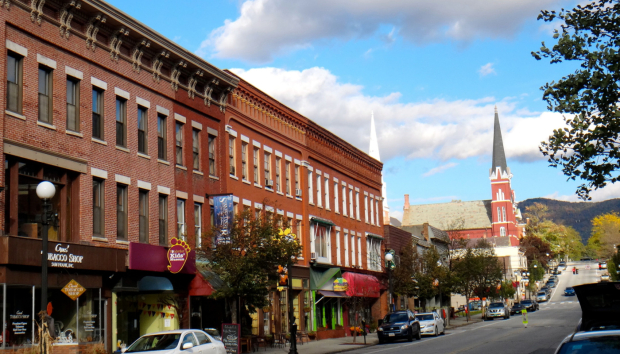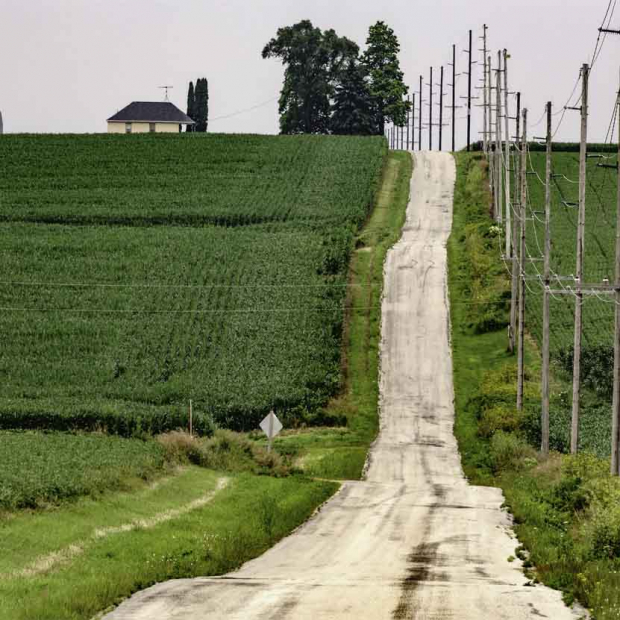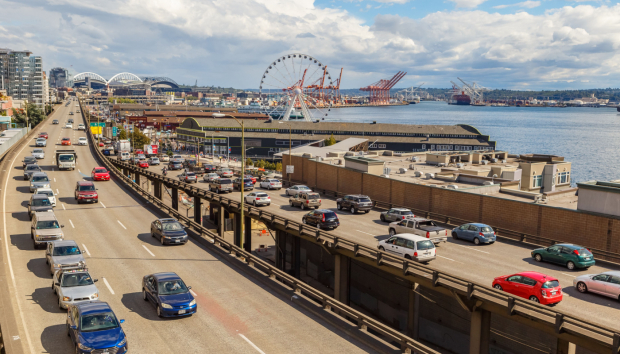
Integrating Regional Economic Modeling With Transportation And Land Use
The 5th Oregon Symposium on Integrating Land Use-Transport Models was held in Portland, Oregon on June 19-20, 2008. Recognizing that land use and transportation modeling cannot be divorced from economic development processes, the organizing committee asked Glen Weisbrod to give an address and presentation to the assembled conference on challenges facing the integration of economic, land use and transport modeling.
Weisbrod's address focused primarily on the often under-appreciated problem of scale - the fact that each of the three types of processes occurs at different spatial scales. For instance, many economic development processes such as wage rates and employment and income growth tend to occur at the regional scale of labor markets. In contrast, many land use modeling elements such as housing prices and demand tend to occur at the smaller spatial scale of neighborhoods. Travel modeling can get down to an even finer scale of traffic zones. Since these are the scales at which actors make decisions, errors occur when attempts are made to model decisions at the wrong scale.
For instance, neighborhoods or communities do not usually function as independent labor markets, so any attempt to scale down economic development forecasting and impact models to those scales will yield "bogus results". The reason is that it would be wrong to think that the wage rates would be bid up as jobs exceed the number of workers living in a community, if in reality businesses within that community can draw from a larger metropolitan labor pool. This type of error presents real challenges when land use models and economic models require different levels of spatial "granularity."
A practical solution recommended by Weisbrod is to keep the modeling analysis "modular," with separate economic , land use and transportation models that can interact at appropriate points. That approach was illustrated in the analysis of proposed high speed rail service for California, in which the TREDIS economic impact system worked sequentially with the California Urbanization & Biodiversity Analysis (CURBA) Model for analysis of land use development in areas around proposed stations.








